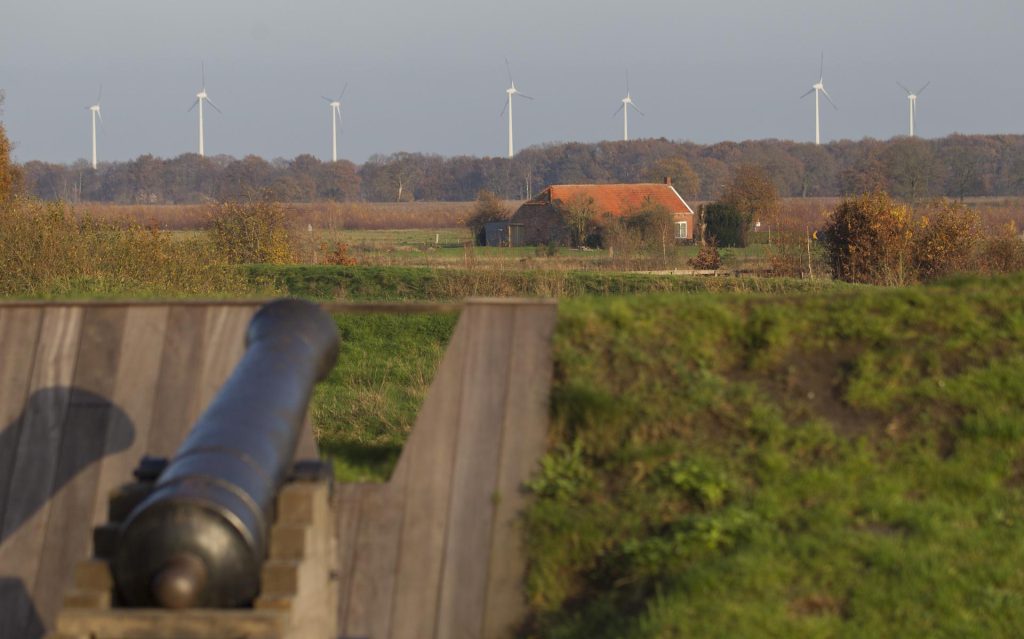In the German border area with Groningen and Drenthe, the number of hectares of land on which wind energy can be generated is significantly expanded.
Tell us about Landkreis Emsland, the area on the border.
This area is currently home to several wind farms and wind turbines, with a total area of more than 4,300 hectares. Some of these parks are located close to the Dutch border, near Bourtange and Ter Apel for example.
The German government wants to significantly increase the amount of wind energy that can be generated. As a result, the regions of Lower Saxony will have to free up many additional hectares for this purpose in the coming years. “This applies to us too,” says Emsland spokeswoman Anja Rude.
A thousand meters of buildings
When considering locations where additional surface area could be created, district officials first look to places where wind farms already exist. The same applies to parks near the border. The basic principle is that wind turbines, including rotor blades, will be located at least one thousand meters from buildings and at least seven hundred meters from houses in the countryside.
This way, local residents will face as few problems as possible caused by wind turbines. “This is our top priority,” Landrat (Landcres CEO) Marc-Andre Burgdorf said in a message to these residents. The basic principle is also, among other things, the preservation of nature reserves. Through this approach, it will eventually be possible to use more than 12,000 hectares of land in Emsland for wind energy generation. Three times what it is currently.
Residents can submit objections
In the coming months, work will continue on the plan that will indicate the areas where additional hectares will be located. Residents can also make their voices heard and submit objections. If Burgdorf and his colleagues don't come up with such a plan and free up the extra space, Burgdorf says the state will make it possible to install wind turbines in entire rural areas. “And we don't want that.”
Director Hendri Meendering of the Vesting Bourtange Foundation recognizes the need for more sustainable energy extraction. But as a director he is not interested in having more wind turbines near the castle. “We're already looking at it. It doesn't fit with the historic character of Portange, there's air pollution. We also hear this regularly from visitors, who don't think it's appropriate either. Fortunately, because of the Treaty of Meppin, the wind turbines are not right on the border.”
This treaty, signed in 1824, stipulates that no buildings or windmills should be erected within an area 376 meters from the border on either side. He. She The treaty has recently been relaxed somewhat But it still largely applies.











More Stories
Which can cause an increase in nitrogen.
The Central State Real Estate Agency has no additional space to accommodate Ukrainians.
The oystercatcher, the “unlucky national bird,” is increasingly breeding on rooftops.